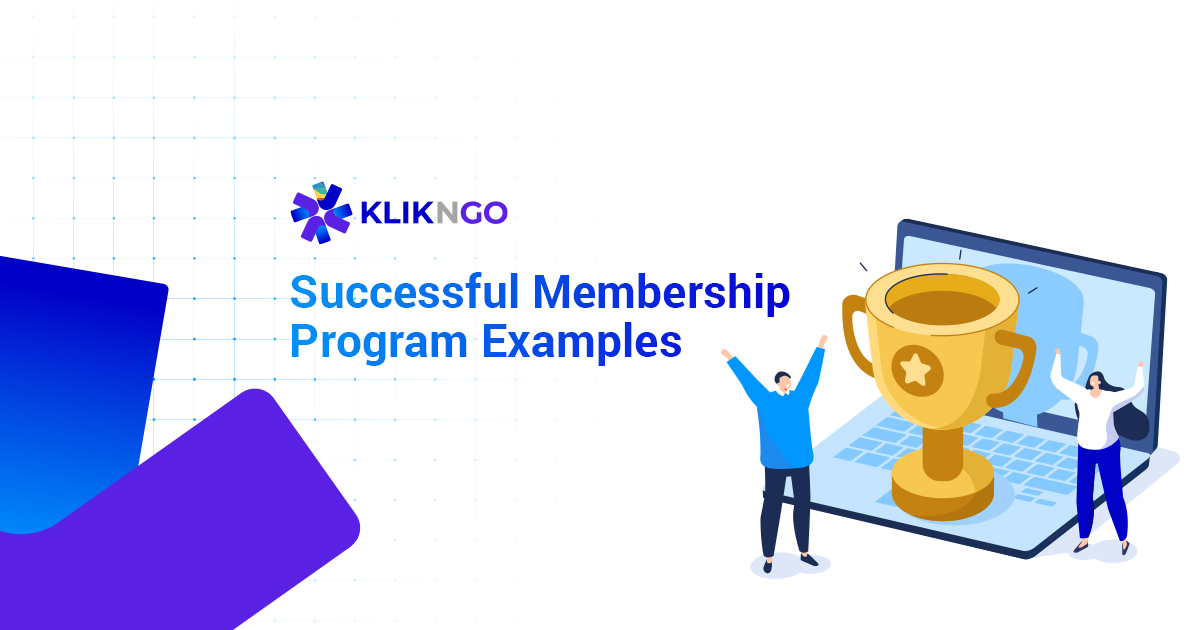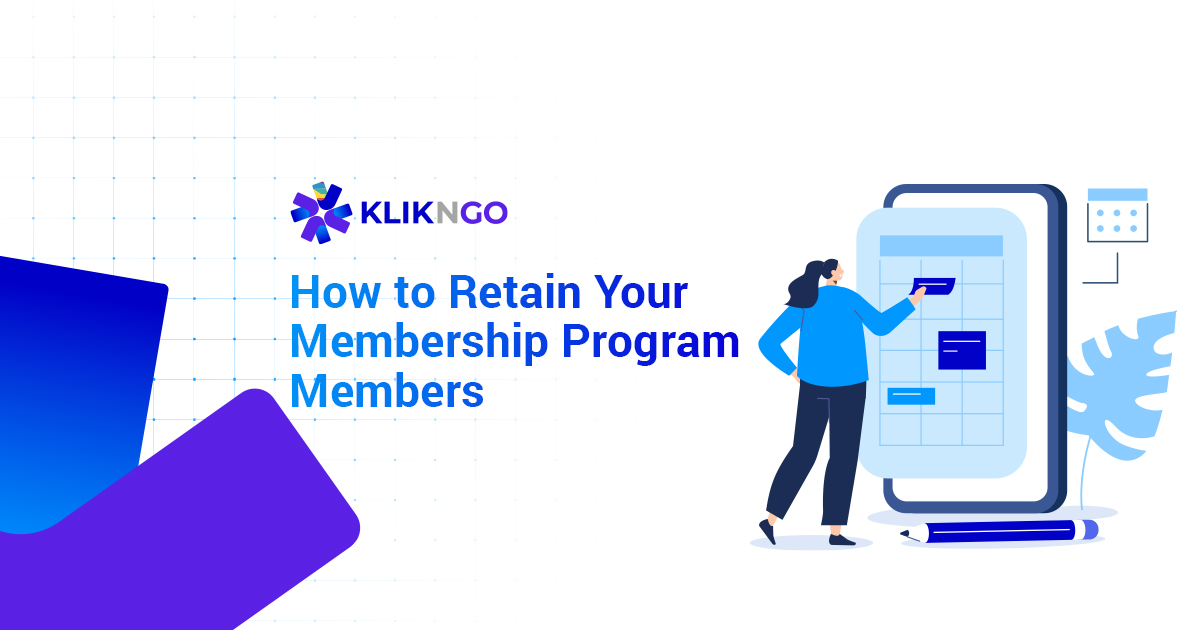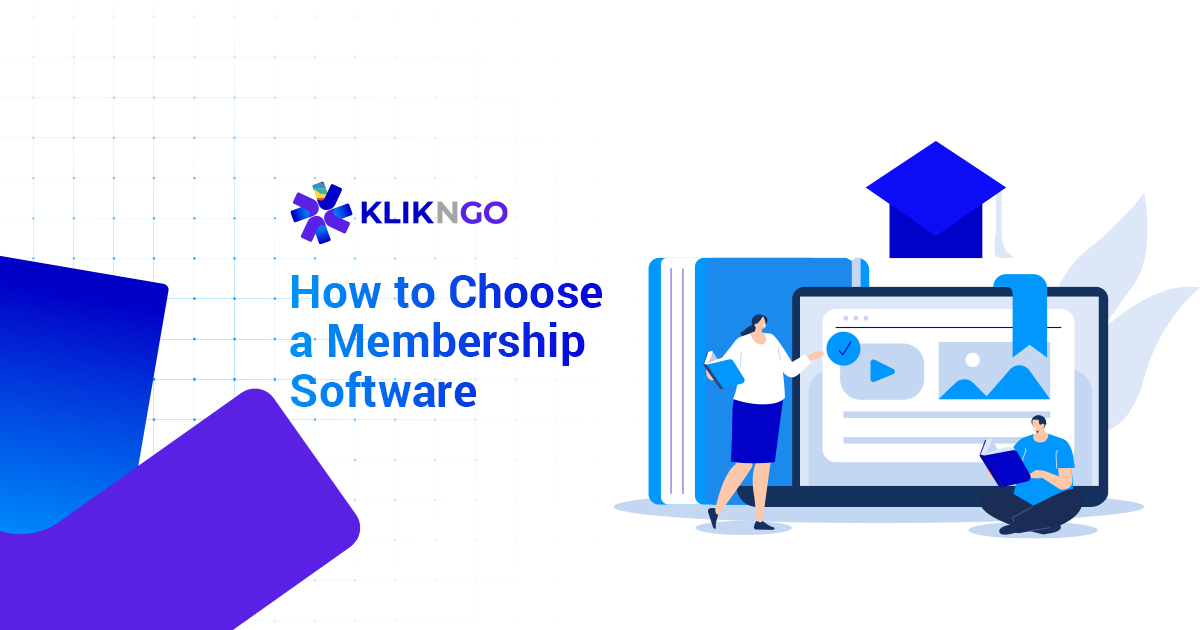What is a Membership Program?
A membership program is designed to build strong, lasting relationships with customers by offering them exclusive benefits, rewards, or access in exchange for their membership.
The goal is to keep members engaged and encourage them to return, creating a sense of loyalty.
To manage this, a membership management system helps organizations handle everything from sign-ups and renewals to payments and communication. It simplifies the process and ensures things run smoothly, making it easier to stay connected with members.
These systems also allow organizations to personalize the experience, track member behavior, and run targeted campaigns based on insights into member trends.
Membership programs can be paid, where members pay a monthly fee for rewards and benefits, or based on earning points through spending.
Members can upgrade to higher tiers either by paying more or accumulating points, unlocking better rewards as they level up.
Many programs feature tiered structures, where the higher the tier, the more rewards members receive.
Some programs require a minimum spend to maintain or upgrade status, while others just require a fixed payment.
5+ Great Membership Program Examples to Copy
Pacific Coffee Hong Kong
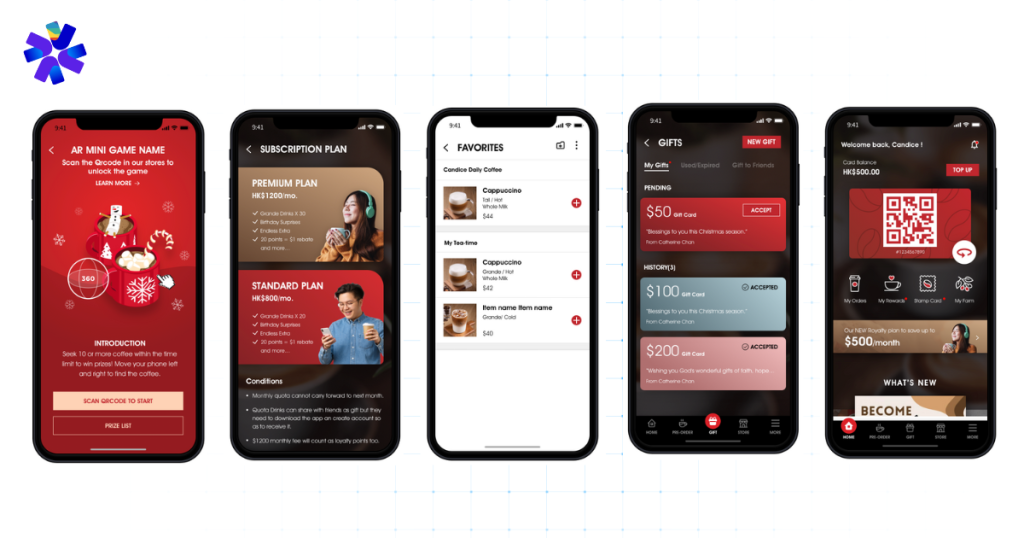
One of our clients, Pacific Coffee Hong Kong, asked us to create a well-designed membership program that includes a monthly coffee subscription.
The program offers two plans: the Standard Plan at HKD 800 per month and the Premium Plan at HKD 1200 per month.
Each plan includes 20 and 30 complimentary drinks, respectively, along with additional rewards, more points earned per dollar, and birthday surprises.
This paid membership model not only provides steady, predictable revenue for Pacific Coffee but also encourages members to develop regular coffee-buying habits.
Even if they cancel their membership, many are likely to continue returning with a similar purchasing frequency.
Pacific Coffee also offers a digital wallet that lets members reload credits to use for coffee and other food and beverages.
This feature encourages members to spend more often since they don’t directly associate the credits with actual monetary value.
Results
- Increased the chain’s revenue by as much as 40%, through monthly subscriptions, vouchers, and credit reloads.
- Gained 30% new members year-on-year, as a result of loyalty marketing and streamlined digital operations.
- 100% improvement in recurring visits and purchase frequency, as a direct result of the membership program.
All Accor Loyalty Membership Program
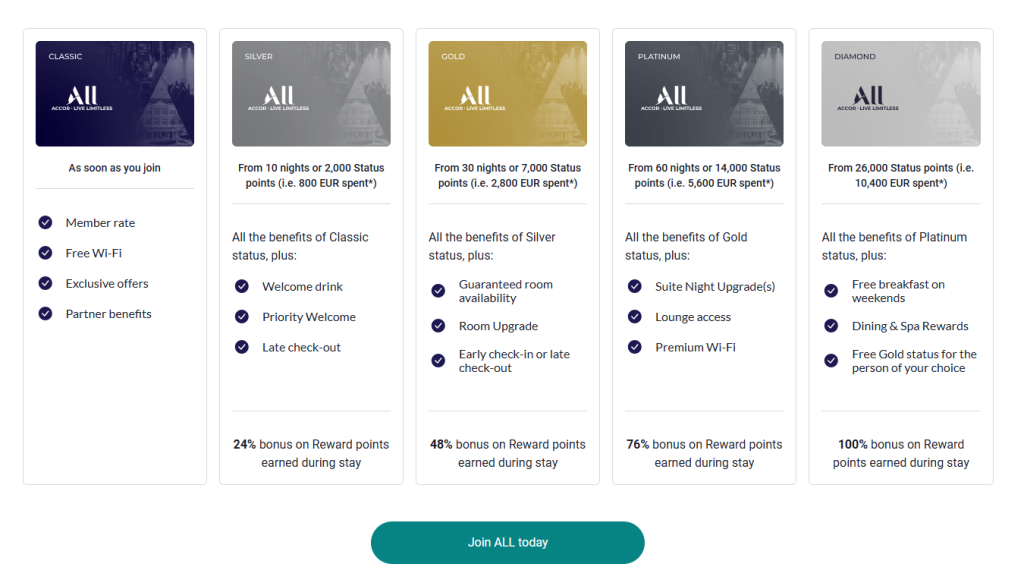
Accor Group is a French, publicly-listed hospitality company that owns and operates a global network of hotels and resorts, including renowned brands like Sofitel, Raffles, Pullman, Swissotel, and Mercure.
They offer a membership program with five levels: Classic, Silver, Gold, Platinum, and Diamond, each offering escalating rewards.
The goal of this program is simple—encourage loyalty to Accor and keep customers coming back, rather than choosing competitors like Hilton or Marriott.
While Classic and Silver members receive modest perks like welcome drinks and late checkouts, Gold members see only a slight increase in benefits.
The real value comes with Platinum and Diamond memberships, which include sought-after rewards like lounge access, dining and spa benefits, and free breakfast.
These valuable rewards motivate members to upgrade and maintain their status, ensuring that Accor retains its most loyal customers while maintaining a strong return on investment.
The program also includes a downgrading system—if members don’t meet the annual spending threshold, they risk losing their status, creating an incentive to spend more before the year ends.
Results
- 8% Increase in Revenue Globally, from €1.139 billion to €1.236 billion, in Q1 2024, compared to Q1 2023 (PDF File).
- Since the launch of their revamped loyalty program in 2018, revenue has increased by 71.49% through 2022.
Amazon Prime
Amazon Prime is a paid membership program offered by the online retail giant, Amazon.
One of its standout features is the well-known one-day delivery service, which is mainly available in larger cities with many nearby warehouses. In the U.S., a membership costs $139 per year.
The subscription encourages customers to buy more from Amazon due to a psychological phenomenon called the “sunk cost fallacy.”
This means that once people have paid for something, they feel the need to get the most value out of it, often leading them to make more purchases.
Not to mention, Amazon Prime members also get access to Prime Video, Amazon’s answer to Netflix – which also constitutes a perk that contributes to a growing member base.
As a result, Amazon benefits from increased sales, in addition to the membership fee.
Results
- 43% Increase in Paying Members, from 2019 to 2024.
- 2x Increase in Revenue for the same period, from $19.21b to $40.2b.
Apta
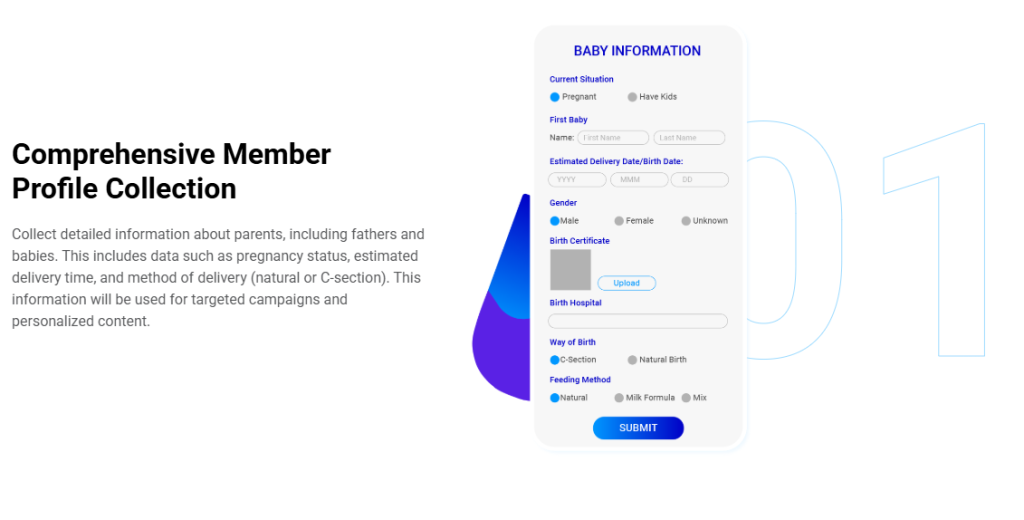
Aptamil, a well-known baby formula brand, wanted to create a better way to connect with its customers across both online and offline channels.
Their goal was to build a member portal that integrates all their data and provides a smooth, personalized experience for members.
Aptamil’s new portal collects important details about parents, like pregnancy status and baby’s age, allowing them to send tailored advice and product suggestions.
For example, as the baby grows, parents get reminders about when to switch to different products.
The Apta Club Member Wallet makes it easy for members to shop online or in-store, with vouchers for discounts on relevant products. The centralized system keeps members’ information up-to-date across all platforms.
Aptamil also offers exclusive classes and fun activities like quizzes, rewarding members with perks like milk powder samples.
This approach helps build a stronger connection with customers, making them feel more supported and engaged.
Although not your traditional membership program with tiers and everything, it’s still a good avenue to increase customer lifetime value and retention!
Results
- Smoother Customer Journey & Engagement
- Increase in Revenue Through Membership Upselling & E-Shop Integration
Costco
Costco runs a membership-based business model where customers pay an annual fee to access bulk products at discounted prices.
With over 76.2 million paying members worldwide, membership fees are a huge part of Costco’s revenue, making up almost $5 billion in 2024, even though they account for only a small portion of total sales.
This model benefits both Costco and its customers. For Costco, it creates a steady income stream and keeps customers coming back, leading to bigger purchases.
For customers, the membership offers access to high-quality products at great prices, encouraging them to shop more often to get the most out of their membership.
One of Costco’s well-known tactics is its “loss leader” strategy, like the $1.50 hotdog and soda combo.
Even though they sell it at a low price, it helps draw customers in, increasing foot traffic and encouraging them to buy other items while they’re there.
Results
- Almost $5 billion in yearly revenue (2024).
- 76.2 million + paying members globally.
What Do These Membership Program Examples Have in Common?
These membership programs focus on building customer loyalty and repeat business through personalization.
For example, Aptamil gathers detailed data on parents and babies, sending tailored product recommendations and advice to strengthen customer bonds and increase repeat purchases.
Pacific Coffee uses its subscription model to encourage habitual buying, with a digital wallet that encourages members to preload credits, making spending feel seamless and routine.
Amazon Prime and Costco leverage psychological triggers like the “sunk cost fallacy,” where customers feel compelled to maximize their membership’s value, driving more frequent purchases. Costco’s bulk-buying model reinforces this effect.
Data integration is also key. Programs like Accor’s loyalty system track customer behavior across various touchpoints, ensuring a consistent experience that strengthens brand relationships.
As long as you focus on these 4 things, which are personalization, customer experience, data analytics, and attractive rewards – it’s honestly hard to go wrong.
Looking for a Membership Program Solution?
Struggling with your membership program, or just want to emulate the success of these examples?
Reach out to us for a free, personalized consultation, and let’s get things on track. Just click the button below to send us a message—no strings attached!
